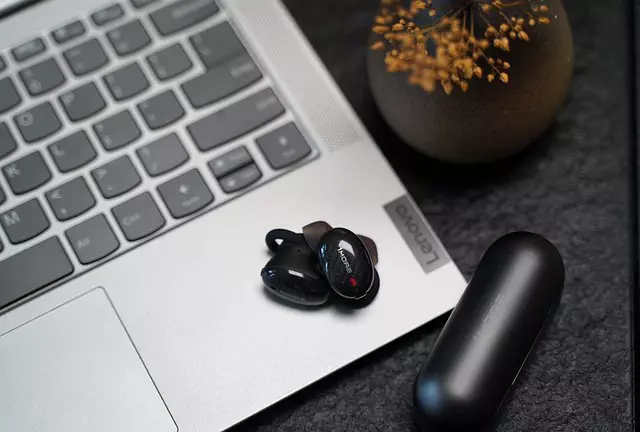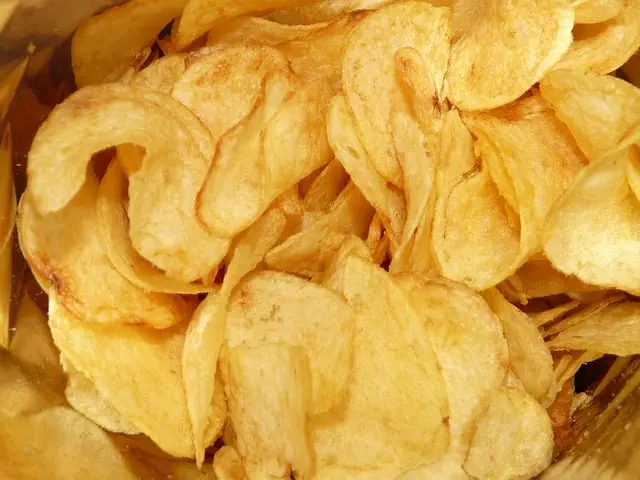This text compares CoolSculpting and Liposuction, two non-surgical fat reduction treatments. It highlights their key differences in mechanism (cryolipolysis vs. suction), recovery time, downtime, potential risks, cost, and long-term results. A Non-Surgical Fat Reduction Comparison is presented to help individuals make informed decisions based on their specific needs and desired outcomes, emphasizing the trade-offs between comprehensive fat reduction and quicker healing times.
Considering non-surgical fat reduction options? Explore a detailed comparison between CoolSculpting and Liposuction. This guide breaks down each procedure, focusing on treatment duration, recovery times, post-treatment activities, side effects, long-term results, and cost analysis. Discover which method best suits your needs by understanding the disparities between these popular fat-reduction techniques, offering a non-invasive approach to achieving a slimmer you.
Understanding Non-Surgical Fat Reduction Options

Non-surgical fat reduction treatments have gained significant popularity as alternative options to surgical procedures like Liposuction. These non-invasive techniques offer a more comfortable and quicker recovery for individuals seeking fat loss without incisions or prolonged downtime. In this context, CoolSculpting and Liposuction represent two prominent methods in the market, each with its unique advantages and considerations.
A Non-Surgical Fat Reduction Comparison reveals that these treatments target excess fat cells through different mechanisms. CoolSculpting utilizes cryolipolysis, freezing specific fat tissue, while Liposuction employs suction to remove fat cells. The former is known for its minimal discomfort and immediate results, making it a preferred choice for many. In contrast, Liposuction provides more precise control over the area treated but may involve slight bruising and swelling as part of the recovery process. Understanding these variations helps individuals make informed decisions based on their specific needs and desired outcomes.
CoolSculpting: A Non-Invasive Approach to Fat Loss

CoolSculpting represents a groundbreaking advancement in non-surgical fat reduction, offering an alternative to invasive procedures like liposuction. This innovative technology utilizes cryolipolysis, a process that cools and freezes targeted fat cells, leading to their gradual elimination by the body’s natural metabolic processes. Unlike traditional liposuction, which involves needle insertion and suction, CoolSculpting is a non-invasive approach, making it an attractive option for those seeking fat loss without surgery.
The procedure is typically performed in office settings, where a trained professional applies a specialized device to the problem areas. This device cools the skin to a precise temperature, targeting and freezing the fat cells while leaving nearby tissues unharmed. As a result, patients experience minimal discomfort and can return to their regular activities almost immediately, setting it apart from more invasive procedures with longer recovery times.
Liposuction: Surgical vs Non-Surgical Disparities

Liposuction, a popular fat reduction procedure, presents a dichotomy between surgical and non-surgical approaches. The traditional surgical method involves incisions, general anesthesia, and a more extensive recovery period compared to its non-surgical counterpart. This invasive nature carries risks, including potential complications, scarring, and longer downtime.
In contrast, non-surgical fat reduction techniques, such as CoolSculpting, offer a less intrusive option. Without the need for incisions or anesthesia, these procedures are often perceived as safer and more convenient. A significant advantage lies in their ability to target specific areas, providing precise results without disturbing surrounding tissue. This non-invasive nature makes it an attractive choice for those seeking a quicker return to daily activities while achieving desired body contours through fat reduction.
Treatment Duration and Patient Comfort

When comparing CoolSculpting and Liposuction for non-surgical fat reduction, treatment duration varies significantly. CoolSculpting, known for its non-invasive approach, typically takes around 35 minutes per treatment area. This makes it a convenient option as patients can usually fit multiple sessions into their schedule without extensive downtime. In contrast, Liposuction, though effective, is an invasive procedure that often demands longer surgical times, generally between one to two hours per session.
Patient comfort is another key consideration. CoolSculpting involves no incisions or anesthesia, rendering it relatively painless and well-tolerated by most patients. Post-treatment, mild discomfort and sensitivity are common but usually subside quickly. Liposuction, on the other hand, involves surgical cuts and general or local anesthesia, leading to more significant post-operative pain and a longer recovery period.
Recovery Times Compared: CoolSculpting vs Lipo

When comparing CoolSculpting and Liposuction for non-surgical fat reduction, recovery times are a key factor to consider. CoolSculpting, being a cryolipolysis treatment, boasts a relatively quick and mild recovery process. Patients typically experience minimal discomfort and can resume their normal activities within a few days, sometimes even sooner. Swelling and bruising may occur but usually subside within 2-4 weeks, making it an attractive option for those seeking a less invasive procedure with faster healing.
On the other hand, Liposuction, as a surgical fat reduction method, involves incisions and suction to remove fat cells. This typically results in a longer recovery period compared to CoolSculpting. Patients can expect several weeks of downtime, during which they need to adhere to specific restrictions on movement and physical activity. While Liposuction offers more comprehensive fat reduction, the extended recovery time is a significant consideration for those weighing their options between these two non-surgical fat reduction methods.
Post-Treatment Activities and Restrictions

After CoolSculpting or Liposuction procedures, patients can expect a period of recovery and specific activities to avoid. In terms of post-treatment care, both procedures require rest and time to heal, but there are some key differences in activities and restrictions.
With CoolSculpting, which is a non-surgical fat reduction method, patients typically experience little to no downtime. Post-treatment, you can immediately resume most normal activities, including light exercise and daily routines. However, it’s recommended to avoid intense physical activity for the first few days as your body adjusts. In contrast, Liposuction involves surgery and a more extensive recovery period. Patients are usually advised to rest and may need to take several days off work. Strenuous activities, heavy lifting, and intense workouts should be avoided during the healing process to prevent complications and ensure optimal results in this non-surgical fat reduction comparison.
Potential Side Effects and Complications

When considering non-surgical fat reduction options, it’s crucial to understand potential side effects and complications associated with each procedure. CoolSculpting, a popular choice, involves targeted cooling to freeze and eliminate fat cells. While generally safe, side effects may include temporary numbness, swelling, and bruising at the treatment site. In rare cases, patients might experience skin irritation or changes in skin sensation.
Liposuction, on the other hand, is an invasive procedure that suctions out fat cells. Complications can be more severe, including infection, bleeding, fluid accumulation, and damage to surrounding nerves or tissues. As with any surgical procedure, liposuction carries a higher risk of complications, making it essential for patients to have detailed discussions with their healthcare providers about expectations and potential outcomes.
Long-Term Results and Cost Analysis

When comparing CoolSculpting and Liposuction for non-surgical fat reduction, understanding long-term results is key. While both procedures offer effective short-term solutions, their longevity differs significantly. CoolSculpting, a fat freezing treatment, typically provides stable results for several months to years, depending on the individual’s metabolism and lifestyle. In contrast, Liposuction, being a surgical procedure, can yield permanent results as it eliminates fat cells from the treated areas.
Cost-wise, the analysis is equally important. CoolSculpting sessions tend to be less expensive than Liposuction surgeries, making it an attractive option for those on a budget. However, multiple sessions might be necessary for optimal results, adding up the overall cost. Liposuction, while more invasive and costly upfront, often delivers permanent solutions, potentially reducing long-term expenditure on repeated treatments. This analysis underscores the importance of individual assessment and financial planning when considering these non-surgical fat reduction methods.
